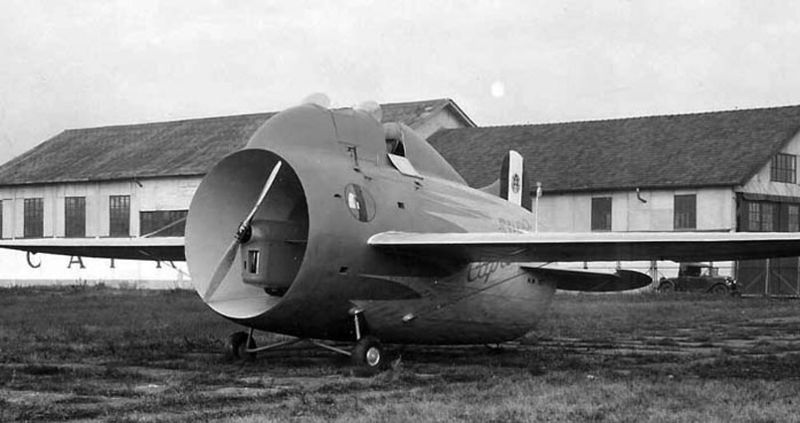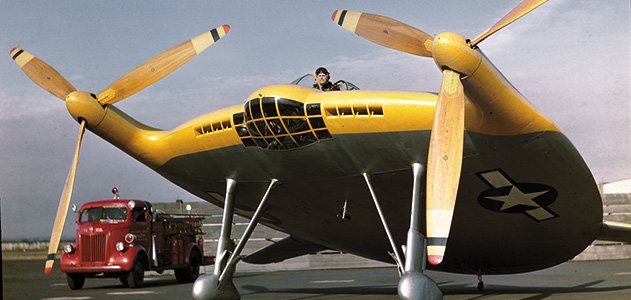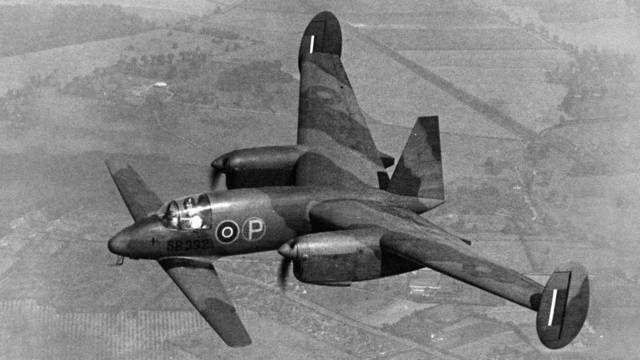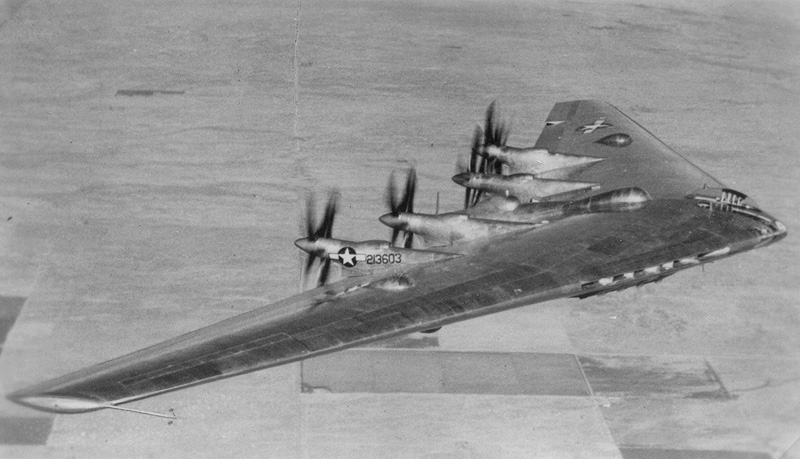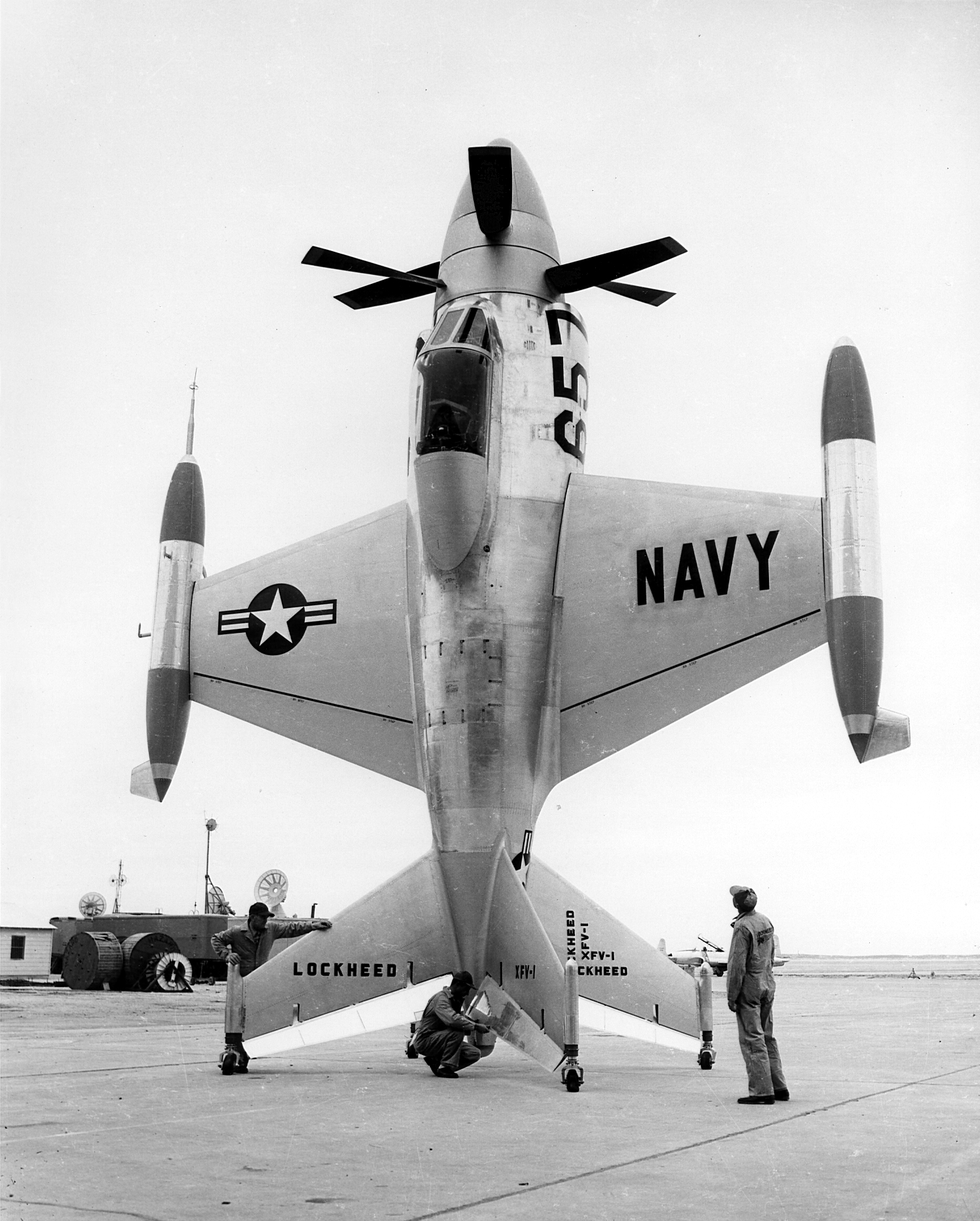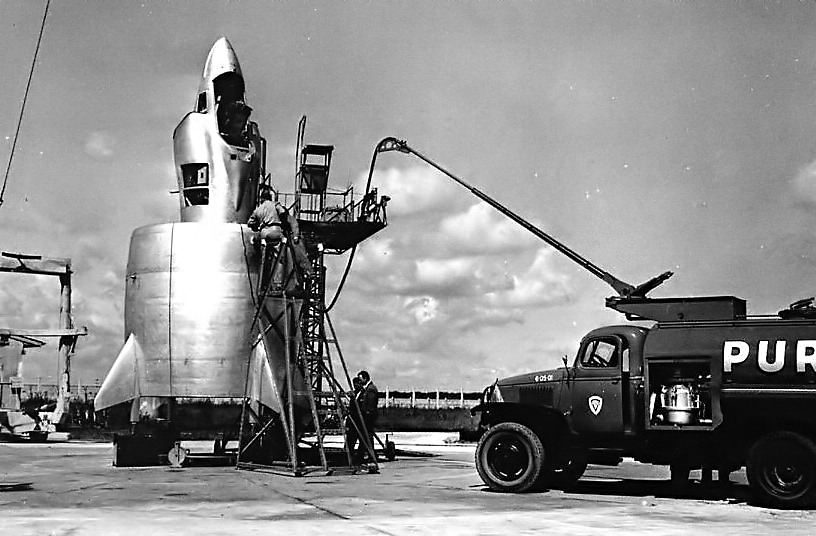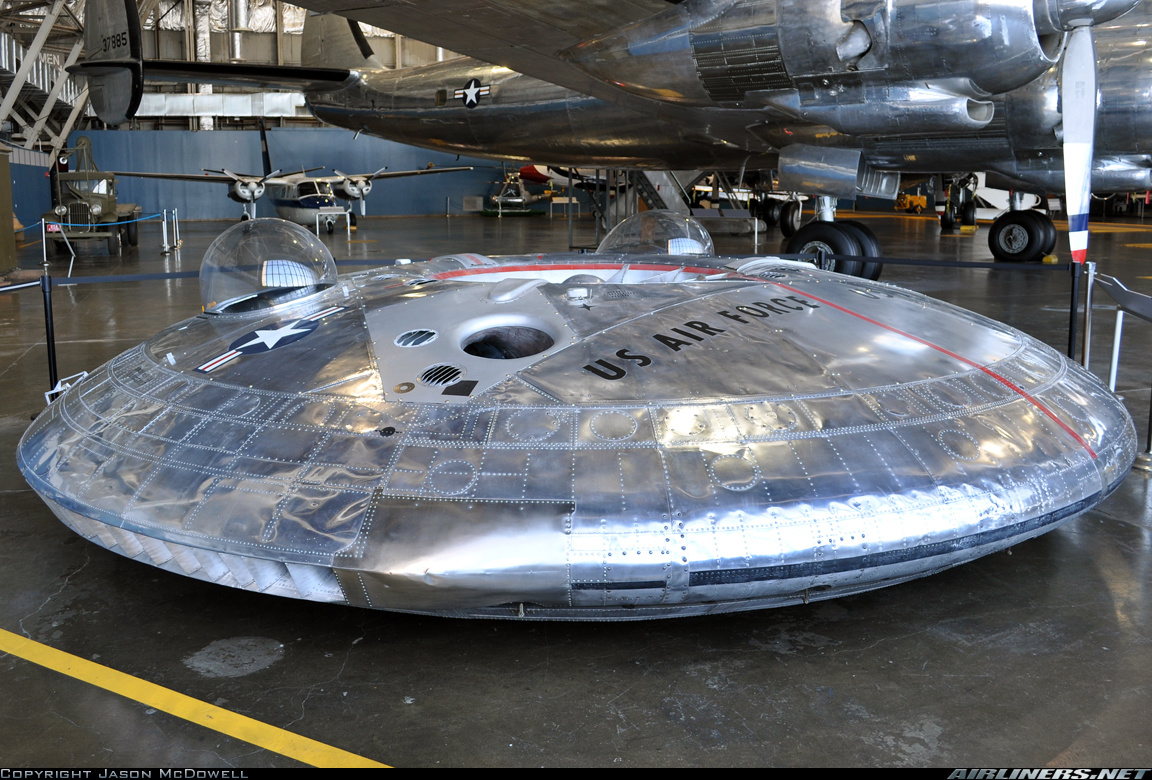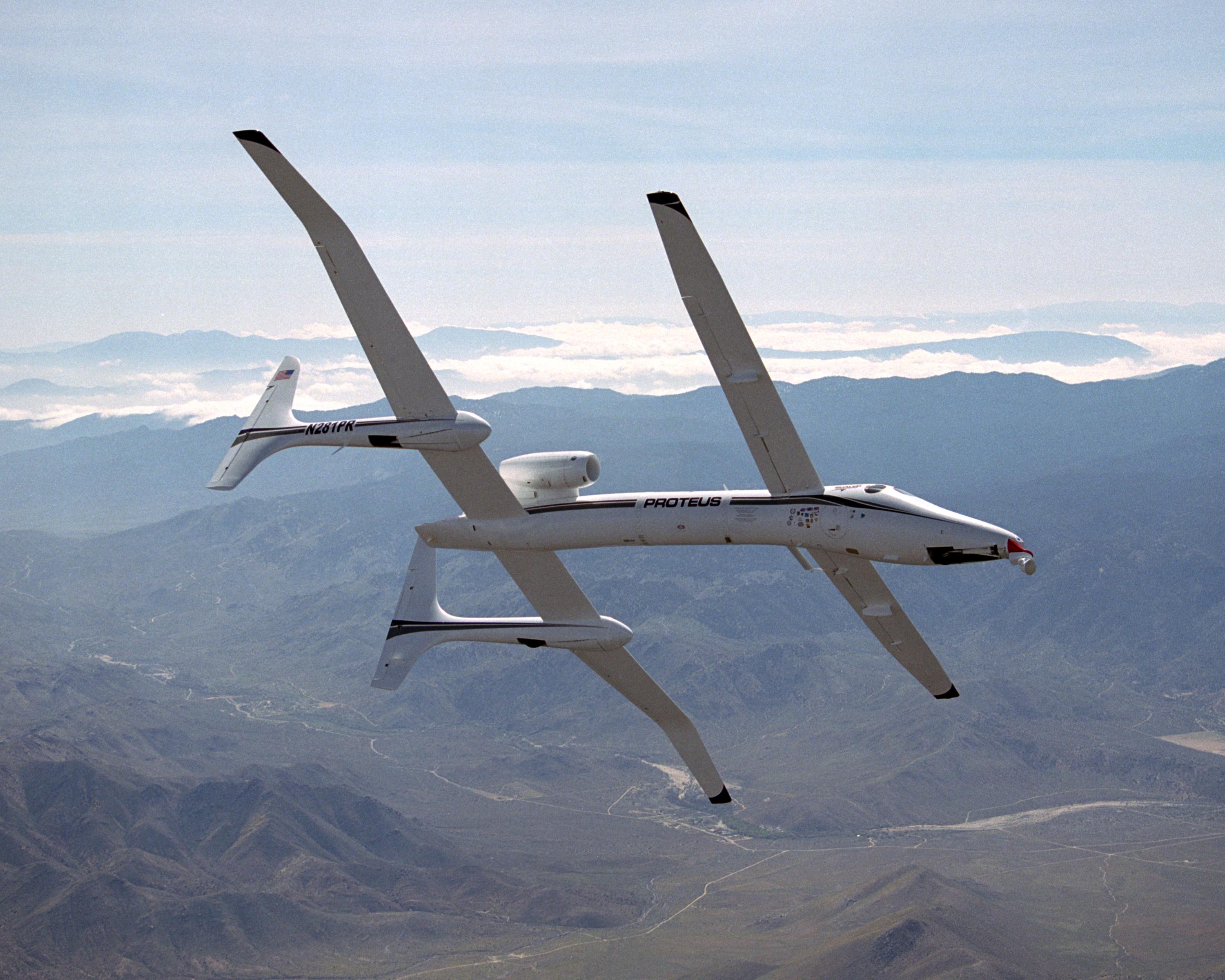Over the years, in order to push our relationship with avionics, engineers have tested many ideas. They push or expand aspects of known aerodynamics or thrust to see what we can leverage, usually for military purposes.
Some of these tests are on the cool side, but some look downright silly. Had they taken off as ideas, these experimental crafts might not look so bizarre. We’d be used to them already, but these are the ones that didn’t get past the prototype stage. All but one no longer fly.
Stipa-Caproni – 1932
With its barrel-shaped fuselage, the Italian design sucked the air through the center of the body. The pilot and passengers sat above the air tunnel. The goal was to create a more fuel-efficient engine, which succeeded. The craft was so stable, pilots struggled to change course, despite the abnormally low speeds required to stay aloft.
Vought V-173 – 1942
Created by the United States Navy, the V-173 or Flying Pancake as they called it, was part of several attempts made at the timer to create round-shaped aircraft. The famous pilot Charles Lindbergh tot piloted this craft. It was the source of several UFO reports around Connecticut where they tested it.
Miles M.39B Libellula – 1945
The goal for this WWII experimental craft was to give the pilot an optimal landing view on aircraft carriers. The M.39 followed the M.35 by the same name, but M.39 housed a twin engine. The M.39B was the proof of concept model, which the Brits approval for production, but then changed their minds. The prototype suffered two accidents so they canceled the order.
Northrop XB-35 – 1946
Developed for the U.S. Army, the XB-35 and it’s near-twin, the YB-35 were heavy bombers, which look suspiciously like today’s stealth bombers. They only built prototypes of both craft, but we all know what happened to all those futuristic design ideas. This one looks a little pitchy to me. Easy on those flaps, boy.
McDonnell XF-85 – 1948
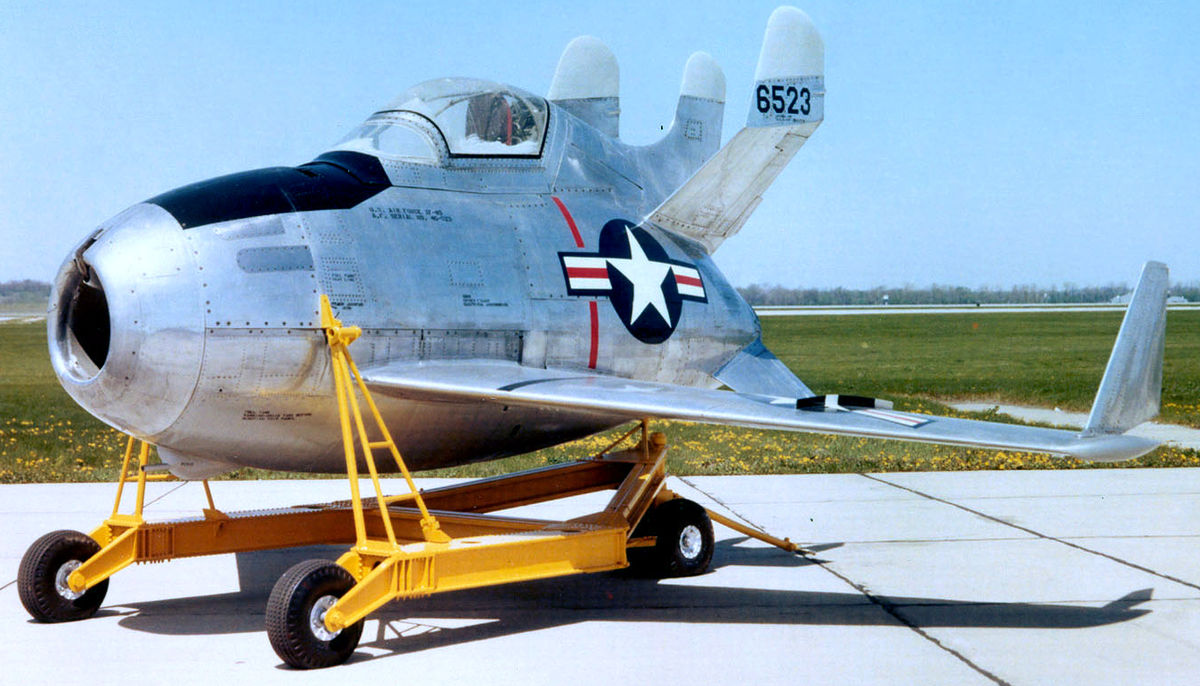
en.wikipedia.org
Another WWII craft, this one for the Americans, the XF-85 was a parasite flyer. They designed it to drop from a B-36 bomber like a bomb, but with a pilot at the helm. The goal was to provide interceptor aid for the bombers with a faster response time. In the end, it wouldn’t have lasted in a dogfight with enemy craft.
Douglas X3 Stiletto- 1953
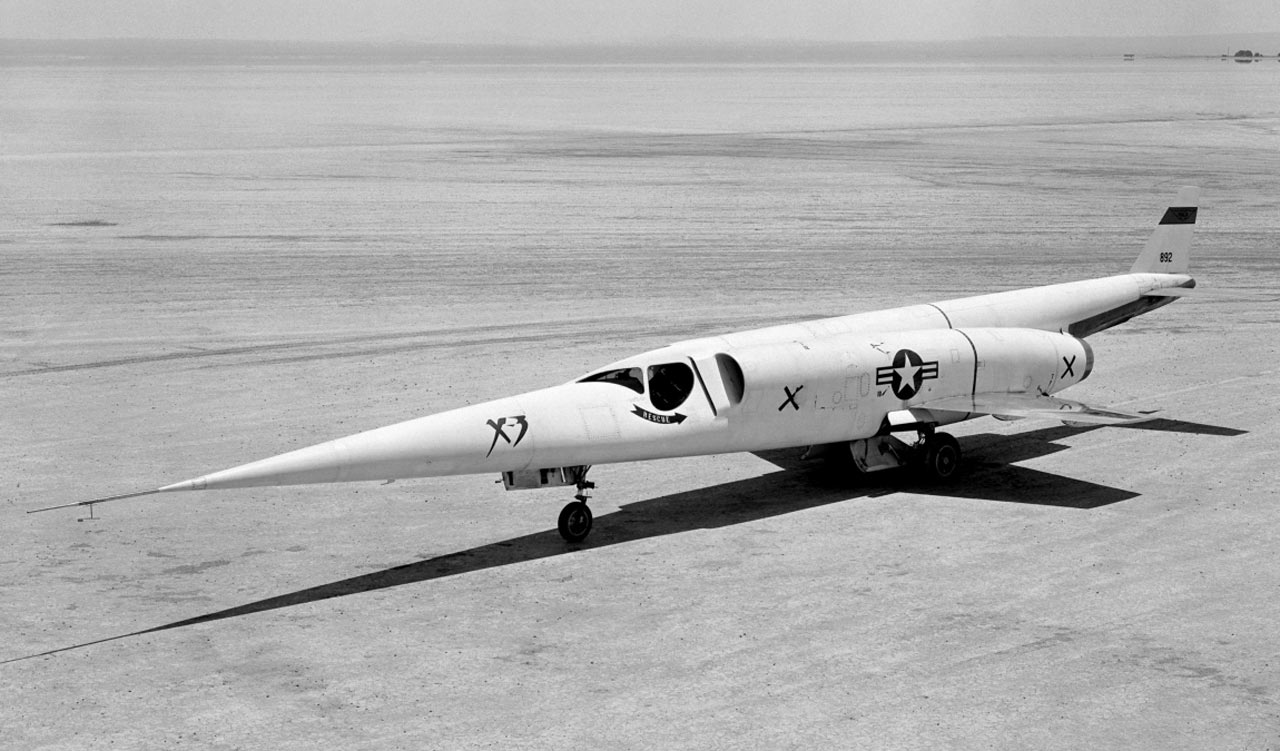
diseno-art.com
Thank you, U.S. Army for making all the cool craft on this list. This thing looks sweet, like a flying needle. The goal was investigative. They wanted to find out how a plane held up in supersonic speeds. The goal? 2000 MPH. Sadly, it was underpowered. The X3 couldn’t break Mach 1.
Lockheed XFV – 1953
The world hasn’t witnessed a tailsitter design in recent history. This one called the Salmon in development circles or the pogo stick by Lockheed employees in jest, Lockheed built the XFV to investigate vertical takeoff options. It worked, but the craft was too slow for combat.
SNECMA Coléoptère – 1958
The word means beetle in French. It was the wingless French solution to the vertical takeoff problem. By the ninth test flight, the only prototype crashed. The test pilot escaped alive but with injuries. Weird, right?
Avro Canada VZ-9 – 1959
This one from the U.S. military gives me mixed feelings. I don’t know if I should feel ashamed or proud. It looks like a UFO, AND it flies. It surely begs us to ask, why U.S. military, why? The concept borrows more from helicopters than jets, with vertical takeoffs using a single turbo rotor. The goal was a very fast maneuverable craft, able to take on fighter jets. The Air Force scaled the project back repeatedly until what they had left was pretty, but slow. They didn’t want it anymore, so the army took a crack, but the VZ-9 was too unreliable in the air.
Scaled Composites Proteus – 1998
What seems to hint at Virgin Space designs, this Northrop Grumman craft is a high-altitude telecommunications relay. It is very efficient, cannily over 60,000 feet in the air for more than 18 hours without refueling. Of this list, it is the only one still operational.

